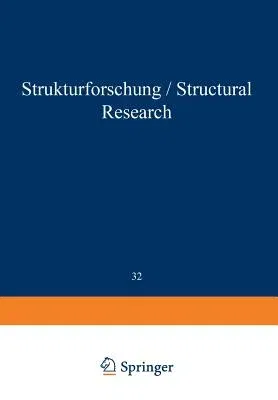Guinier André
(Author)Structural Research / Strukturforschung (1957)Paperback - 1957, 23 August 2014

Qty
1
Turbo
Ships in 2 - 3 days
In Stock
Free Delivery
Cash on Delivery
15 Days
Free Returns
Secure Checkout
Part of Series
Handbuch Der Physik Encyclopedia of Physics
Part of Series
Handbuch Der Physik Encyclopedia of Physics / Rontgenstrahle
Part of Series
Rontgenstrahlen Und Korpuskularstrahlen / X-Rays and Corpusc
Part of Series
Röntgenstrahlen Und Korpuskularstrahlen / X-Rays and Corpusc
Print Length
663 pages
Language
FrenchEnglishGerman
Publisher
Springer
Date Published
23 Aug 2014
ISBN-10
3642458688
ISBN-13
9783642458682
Description
Product Details
Authors:
Book Edition:
1957
Book Format:
Paperback
Country of Origin:
NL
Date Published:
23 August 2014
Dimensions:
24.41 x
16.99 x
3.43 cm
ISBN-10:
3642458688
ISBN-13:
9783642458682
Language:
French
English
German
Location:
Berlin, Heidelberg
Pages:
663
Publisher:
Series:
Weight:
1052.33 gm

